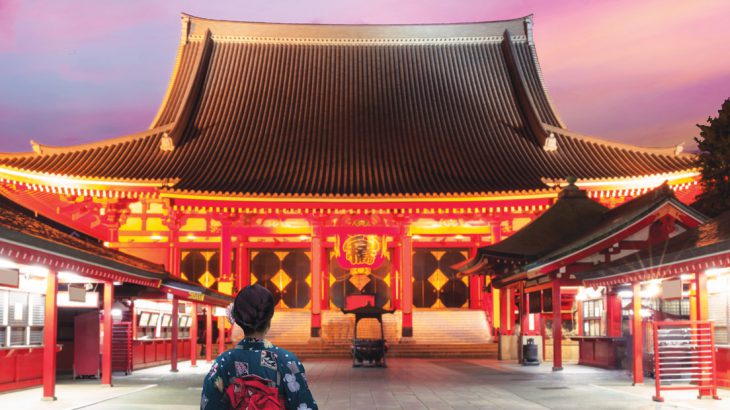“How many sleeps until New Year?”
This expression is common in Japan and shows how much the Japanese look forward to having New Year’s Day. While China has its own New Year’s Day; however, Japanese New Year’s Day is on January 1st as with most other countries around the world.
It is one of the most important holidays for the Japanese. Families and relatives gather and spend a few days with each other to enjoy the following traditions:
OSECHI
Osechi-ryori is traditional Japanese food served during New Year’s holidays. This custom began in the Heian era (from 794AD). It is a set of small traditional dishes served in three or four-layered gorgeous bento boxes called jubako. Families and relatives share one osechi together.
Most of the dishes in osechi can keep while outside of the fridge, so people don’t have to cook for a few days and can enjoy the New Year’s holiday. Many food shops are closed during the holidays. Each food has its own meaning, for example, prawns represent a long life, and Kuri Kinton (sweet chestnuts) represent wealth.
HATSU-MODE
Hatsu-mode is the first Shinto shrine visit of the year. Some people visit a Buddhist temple instead. Generally, people throw coins and make a wish. There are often long lines at famous shrines.
Another common custom at shrines is buying Omikuji. Omikuji is a written oracle. If you get a good fortune, you can take the paper, usually in a wallet. If you get a bad one, you just tie it onto trees or the allocated place at the shrine to leave your bad luck there. Although people can buy Omikuji year-round, most will get one during Hatsu-mode.
NENGAJO
Nengajo is a greeting card for New Year. Japanese write and send them to their friends, colleagues, and relatives before Christmas Day, and they arrive on the morning of New Year’s Day.
Nengajo has a Chinese zodiac on it as the design. An animal represents each year, and it has a cycle of 12 years. Traditionally, handwritten, Nengajo are now often made using computers to design. However, the number of people who send Nengajo has been decreasing in recent years.
OTOSHIDAMA
One of the reasons children can’t wait for New Year is this. Otoshidama is a uniquely Japanese custom of giving money to children. Otoshidama is generally given in a small decorated envelope, called pochi-bukuro. Similar envelopes are used at other times throughout the year as well, as the Japanese prefer humility and to not show others how much money they give.
During the New Year’s holidays, many Japanese shops have a big sale called Hatsu-uri, so everyone loves to go shopping and enjoy the bargains.
Do you have any special New Year traditions?
With thanks to our guest Japan blogger Kano Kitajima
Book a small group escorted tour to Japan with Australia’s leading Asia Experts, Wendy Wu Tours. Our fully inclusive tours visit all the major sights of your chosen destination and introduce you to the local culture, making for an unforgettable holiday.
We also have tours to China, Vietnam, Laos, Cambodia, India and beyond…
